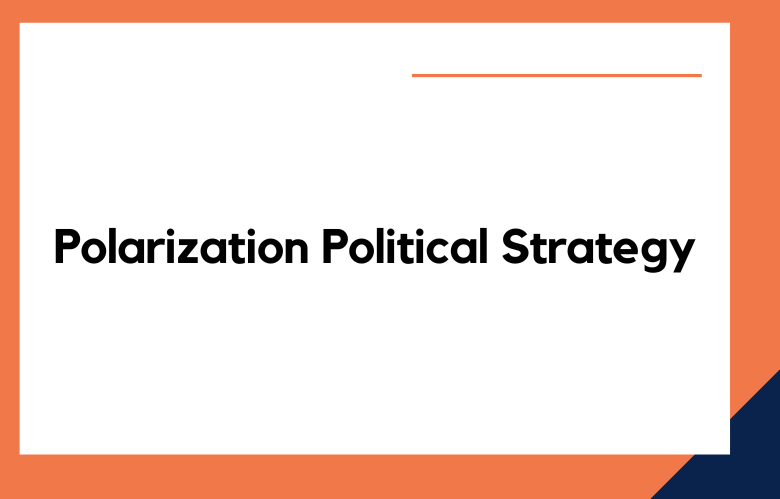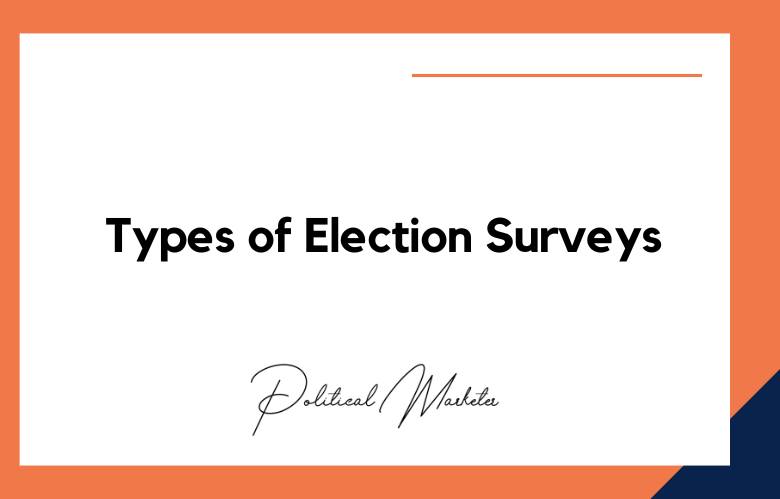Politics has always been a divisive topic that often leads to polarizing debates that cause individuals to take sides. For centuries, political leaders have used polarization as a political strategy to garner support, rally allies, and divide the opposition.
However, with the rise of social media and the 24-hour news cycle, polarization has become more intense. It is now a powerful tactic that politicians use to manipulate voter behavior. This blog post will explore polarization, how it works, and the dangers it poses to our democracy.
Navigating the Political Divide: Strategies for Bridging Polarization
Navigating the political divide has become a pressing issue in modern society, with polarization becoming a significant roadblock to progress.
To bridge the growing gap between political parties and individuals with differing ideologies, strategies must be implemented to encourage cooperation, compromise, and empathy. One such method is to increase dialogue and open communication channels between opposing sides.
Research has shown that individuals often engage in confirmation bias and selective exposure to news and media that aligns with their pre-existing beliefs, creating a bubble reinforcing partisan views.
By fostering genuine conversation, we can combat this phenomenon and create opportunities for individuals to question their own beliefs, as well as understand and empathize with the perspectives of others.
Polarization Playbook: Innovative Strategies to Win in a Divided Political Landscape
In recent years, political polarization has become increasingly prevalent, with individuals and communities becoming more divided.
This has created a challenging landscape for those seeking to win elections or make meaningful policy changes. Still, it has also opened the door for innovative strategies to help bridge the gap between people with differing beliefs.
The “Polarization Playbook” is a guide offering innovative strategies, drawing on examples from successful political campaigns and advocacy efforts.
One key recommendation is to create “big tent” messaging that can appeal to many people rather than targeting specific groups or trying to win over extreme factions.
Another essential strategy is to build coalitions and partnerships across ideological lines, finding common ground on issues like economic opportunity, healthcare, and education.
The Art of Polarization: Ten Strategies for Political Success
The Art of Polarization: Ten Strategies for Political Success is a well-known concept employed by political parties and candidates across the globe.
The idea is to divide the electorate into two extremes, painting oneself as the answer to the problems that the other side does not have the solution to. This dividing tactic has been used for generations and has proven effective in galvanizing the electorate behind a particular political ideology.
One of the critical strategies of polarization is to use language that is emotionally charged. Framing an issue in stark, black-and-white terms invokes a strong emotional response in voters, which can sway them in favor of a particular candidate or political party.
Political strategists capitalize on this by using words and phrases such as ‘us vs. them,’ ‘the good guys vs. the bad guys,’ and ‘patriots vs. traitors.’ This creates an emotional connection with voters, who are then more likely to identify with the candidate or party that they perceive as being on their side.
From Divide to Conquer: Unconventional Political Strategy in a Polarized World
In today’s polarized world, political strategies have become increasingly unconventional. One such system, divide and conquer, has been used by various politicians to gain power and manipulate public opinion.
This nefarious tactic creates division among diverse groups through propaganda, false information, and dramatic rhetoric, ultimately weakening the opposition and consolidating power.
The idea has been around for centuries, with historians tracing its roots back to ancient Greece, where the technique was used to expand the Athenian Empire.
It is a widely used political strategy observed in various societies throughout history. However, utilizing such a divide-and-conquer strategy in contemporary times has become more complex and dangerous, with explosive social media adding an extra layer of complexity and unpredictability.
Polarization Mastermind: Expert Tactics for Political Success
In modern-day politics, polarization has become an increasingly common tactic political masterminds use to achieve their goals and secure political success. The ability to polarize the public into groups that support or oppose a particular viewpoint or policy has become a valuable tool that can determine the outcome of an election or decision-making process.
The most successful political masterminds understand the psychological and emotional triggers that lead people to form strong opinions on specific issues. They use these triggers to create a sense of urgency or fear around a particular topic, thereby capturing the attention of the masses and polarizing them into different camps.
One of the most potent tactics for polarization involves cherry-picking information that supports a particular viewpoint and framing it in a way that is emotionally charged and sensationalized. This technique creates a narrative that resonates with people’s fears, values, and identities, thus rallying them to join the cause.
Political Polarization: Leveraging Strategies for Victory
Political polarization has become increasingly prevalent in recent years as political parties and their supporters become more divided in their beliefs and ideologies. With elections becoming more competitive, each party strategizes to gain the upper hand in their campaigns and secure victory.
One strategy that has emerged is the leveraging of political polarization to appeal to a party’s base and rally support. This can be seen in the use of divisive language and rhetoric that targets specific groups or issues, as well as the promotion of extreme positions that appeal to the party’s most dedicated supporters.
However, using political polarization as a strategy also has its downsides. It can lead to a highly divided and polarized electorate, where compromise and bipartisanship are more challenging. This can ultimately harm the democratic process and lead to poorer outcomes for everyone involved.
Breaking Barriers: Strategies for Overcoming Political Polarization
Political polarization has become a rampant issue in today’s society, and its effects can be seen in the way people interact with each other.
It’s easy to feel a sense of negativity and division, with people segregated into their political bubbles of thought and ideas. However, it is crucial to break down the barriers that divide people and find ways to engage in constructive dialogue.
One way to overcome political polarization is to create safe spaces for constructive dialogue. The goal is to bring people who have opposing views together and facilitate structured conversations that are designed to encourage mutual understanding.
These conversations could include facilitated discussions, listening sessions, or even online communities that allow people to participate in a manner that promotes respectful and empathetic engagement.
United We Stand: Effective Strategies for Polarized Political Movements
In today’s highly polarized political climate, the divisions between different groups are insurmountable. However, it is possible to bridge these divides and create effective political movements that can bring about real change. To do this, it is crucial to employ strategies that emphasize unity and collaboration.
One effective strategy is to focus on shared goals and values. Even groups that may seem opposed on the surface often have underlying commonalities. By identifying and emphasizing these points of unity, it is possible to create a stronger coalition than the sum of its parts.
Another critical approach is to actively seek out dialogue and engage with those who have different perspectives. This requires a willingness to listen and to acknowledge the validity of differing viewpoints. By engaging in respectful and productive conversations, it is possible to build bridges and find common ground.
Conclusion:
Polarization has become a political strategy that politicians use to manipulate voter behavior that creates a sharp divide between two groups of people with opposing views.
While the practice has been used for decades, the recent rise of social media has amplified this phenomenon, often leading to dysfunctional politics and weakened democratic institutions.
However, it is within our power to be more informed and hold our political leaders accountable. By promoting more issue-based discourse, political leaders can offer reasonable solutions to societal issues, encourage robust civic engagement, and work towards a more unified society.
Call: +91 9848321284
Email: [email protected]










